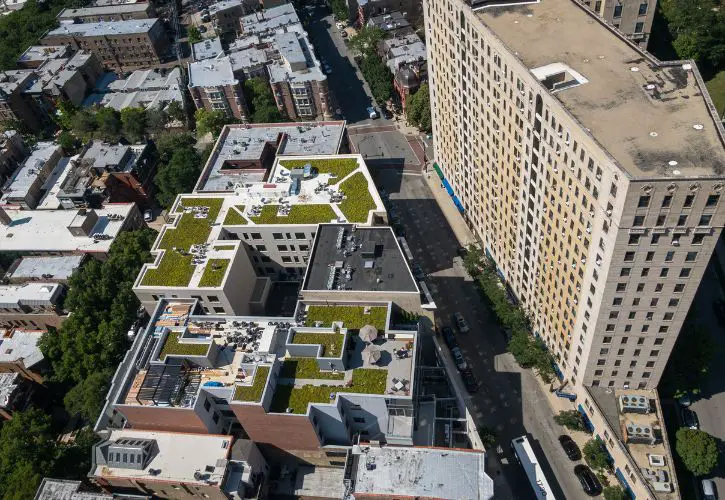As more places experience unprecedented rainfall caused by climate change, you can
learn about ways to prepare your city for increased flooding.
According to the National Oceanic and Atmospheric Administration (NOAA), rainfall in
the Northeast U.S. has increased by 55 percent between 1958 and 2016.
As we adapt to this new reality, cities and individuals alike must take proactive
measures to mitigate the impact of increased rainfall. Explore some of these essential
ways to prepare a city for increased flooding.
Climate Change Flooding Comes From Both Sea and Sky
New York City bore witness to the destructive power of storm Sandy, which brought
about significant flooding due to storm surges and high tides. During storm Ida, astonishing amounts of rain fell in a short amount of time, trapping
people in basement apartments and overwhelming the city’s antiquated sewer system.
Strategies To Reduce Flooding
According to Grist, the non-profit media organization that focuses on climate change,
several cities and entire states in the U.S. are implementing improvements to mitigate
the effects of climate change-induced flooding. Here are some of these strategies:
Levees, Ditches, and Reservoirs
Constructing higher levees, widening ditches, and expanding reservoirs can provide
effective barriers against floodwaters. These methods may also divert water away from
populated areas.
Improved Infrastructure
Improving infrastructure, such as expanding storm sewers or digging giant “deep
tunnels” like those in Chicago, can enhance the ability of urban infrastructure to handle
large volumes of water. Choosing the right type of culverts to channel stormwater away
to wetlands and reservoirs is another tactic.
Increased Permeability
Permeable paving can absorb rainwater, reduce runoff, and alleviate pressure on
drainage systems.
Bioswales and Green Roofs
Bioswales—landscape elements that filter silt and pollution from surface runoff
water—can assist with flood mitigation efforts. Green roofs can help by absorbing water
and preventing some of it from flowing onto impermeable surfaces.
Prohibiting Building on Flood Plains
Enforcing restrictions against building on flood plains can prevent property damage and
loss of life during floods. The economic damage from repeated flooding eventually will
outweigh any economic benefit from overdevelopment.
What Individuals Can Do
While the average homeowner can’t singlehandedly improve an entire city’s flood
preparedness, they can do plenty of things to reduce their property’s contribution to
flooding.
Create Rain Gardens
A rain garden absorbs runoff, reducing the amount of water entering storm drains.
These gardens also filter pollutants from stormwater.
Keep Gutters and Drains Clear
Regularly clearing gutters and drains can prevent blockages that could lead to flooding.
This is most important for keeping basements dry. It can also help by directing roof
runoff toward rain gardens, swales, or improved storm sewer drains in the street.
Plan an Escape Route and Meetup Point
Creating an escape route and meetup point can ensure the safety of your family during
a flood event. Make sure to follow FEMA’s recommendations about preparing for a
flood, and know what to do and not to do during and after a flood.
Preparing your home and your cityfor increased flooding involves efforts from both
local authorities and individuals. By working together, we can create safer, more
resilient communities.
